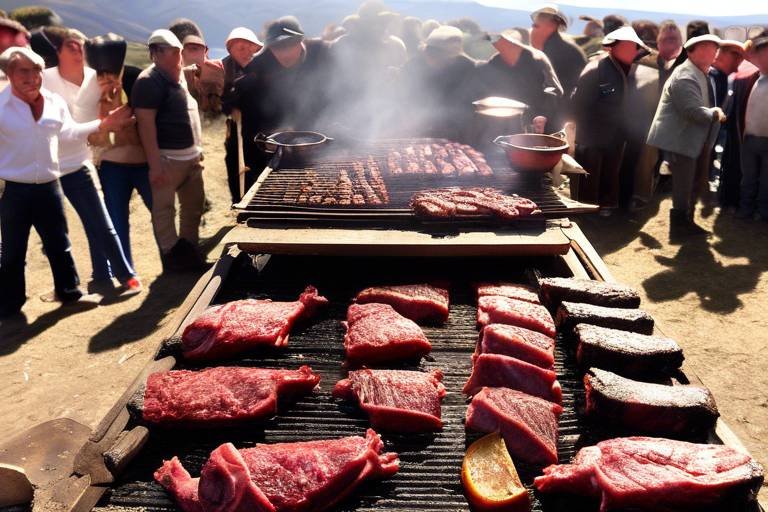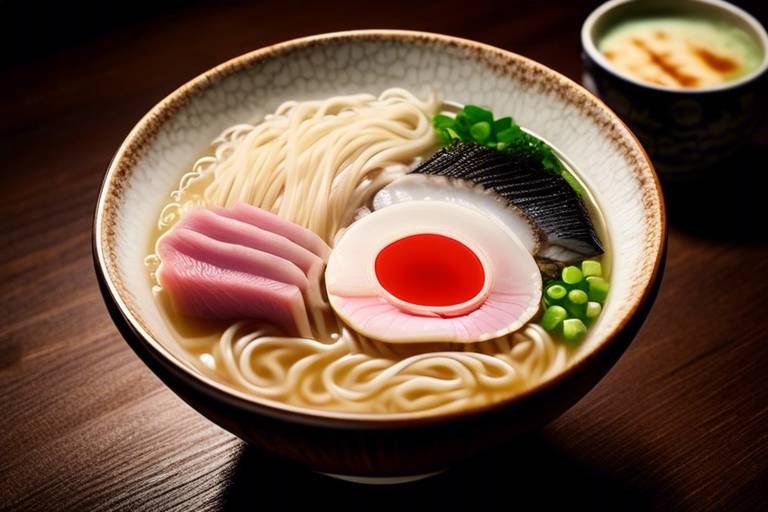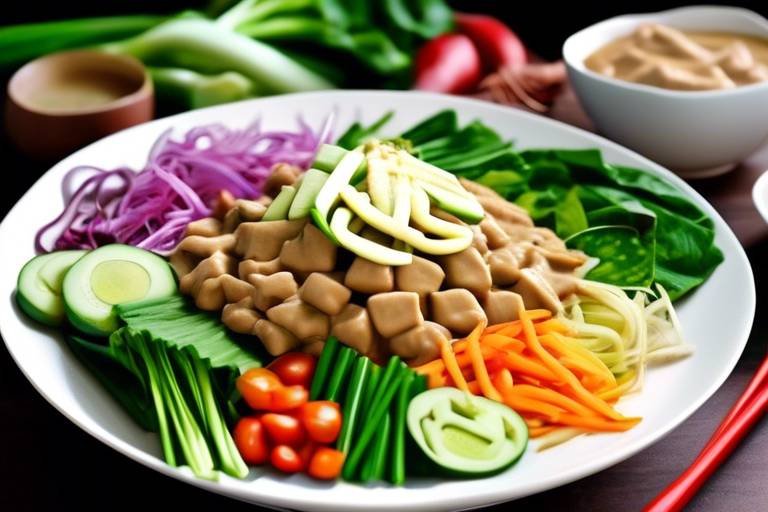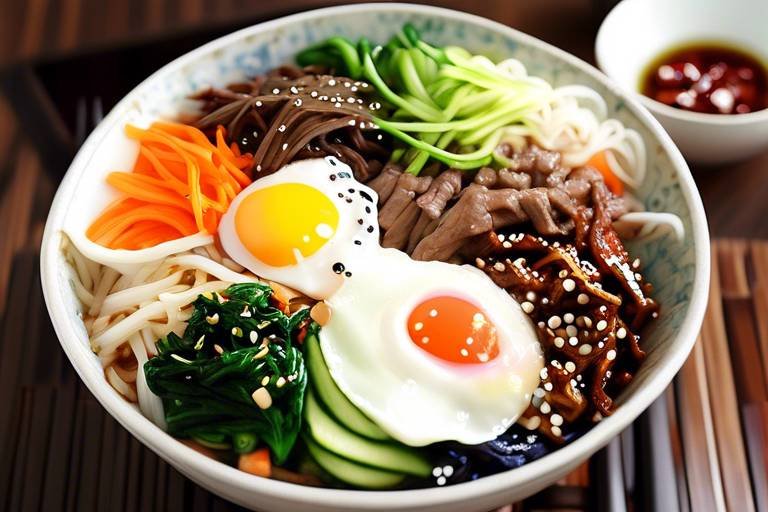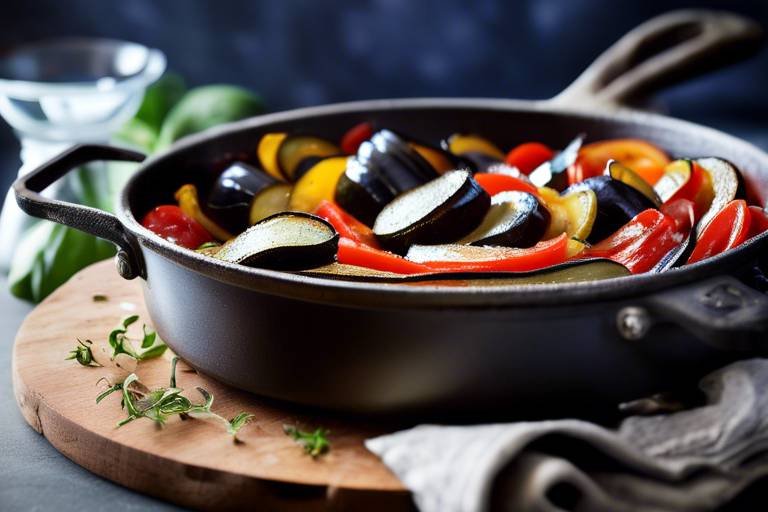A Guide to Authentic Argentinian Asado
Argentinian asado is not just a way of cooking meat; it is a cultural experience deeply ingrained in the Argentine way of life. This traditional BBQ technique has been passed down through generations, evolving into a cherished culinary ritual that brings people together in celebration. The art of preparing an authentic Argentinian asado goes beyond simply grilling meat; it involves a combination of history, technique, and passion that results in a truly unforgettable dining experience.
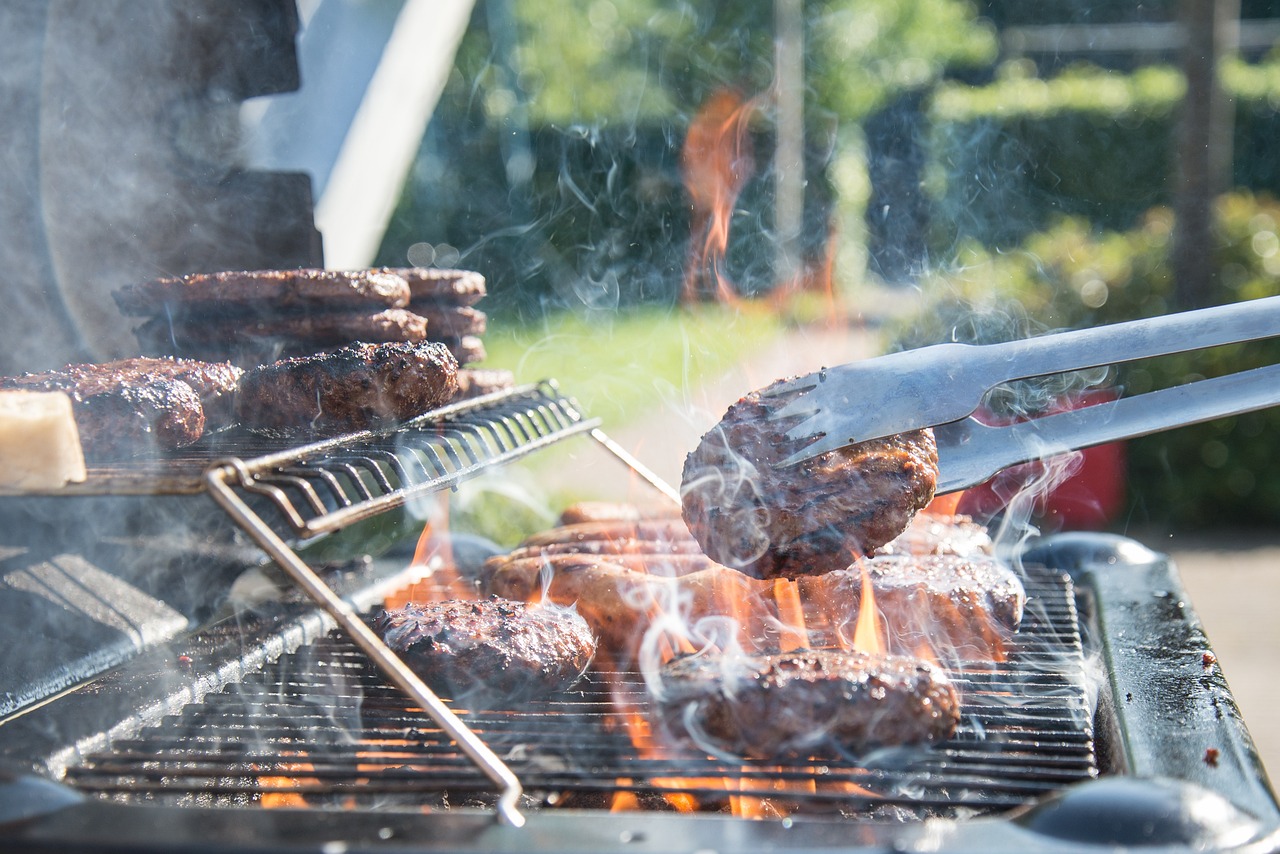
History of Asado in Argentina
The history of asado in Argentina is deeply rooted in the cultural heritage of the country. Dating back to the gauchos of the Pampas region, this traditional method of barbecuing meat has become a symbol of Argentine identity. The gauchos, skilled horsemen and cattle herders, would gather around an open flame to cook their meat after a long day's work on the ranch.
Asado was not just a way to prepare food; it was a social event that brought people together to share stories, laughter, and good food. Over time, this communal tradition evolved, incorporating different cuts of meat and seasoning techniques that have been passed down through generations.
The Argentine asado is more than just a meal; it is a celebration of the country's rich history and culinary expertise. The slow cooking process over an open flame infuses the meat with a smoky flavor that is unique to traditional asado. Each region of Argentina has its own variation of asado, reflecting the diverse culinary influences present in the country.
Today, asado remains a beloved culinary tradition in Argentina, enjoyed by families and friends alike. Whether it's a casual Sunday gathering or a special occasion, the art of preparing and sharing asado continues to hold a special place in the hearts of Argentinians.

Types of Meat Used in Asado
When it comes to authentic Argentinian asado, the types of meat used play a crucial role in creating the perfect culinary experience. Argentinians are known for their love of high-quality meats, and the selection for an asado is no exception. Various cuts of meat are carefully chosen to ensure a flavorful and satisfying meal.
One of the most common meats used in Argentinian asado is beef ribs, known for their rich flavor and tenderness when cooked over an open flame. The succulent meat, when seasoned and grilled to perfection, becomes a true delight for the taste buds. Additionally, chorizo, a type of sausage with a smoky and savory taste, is a staple at any asado gathering.
Another popular choice is morcilla, a traditional blood sausage that adds a unique depth of flavor to the meal. The rich and robust taste of morcilla pairs well with other meats and is a favorite among asado enthusiasts. Additionally, cuts like vacio (flank steak) and entraña (skirt steak) are commonly featured, each offering its own distinct texture and flavor profile.
Quality is paramount when selecting meats for an asado. Argentinians take pride in sourcing the best cuts, ensuring that the meat is fresh, well-marbled, and of the highest grade. This attention to detail contributes to the overall success of the cooking process and the enjoyment of the meal.

Preparation and Seasoning Techniques
When it comes to preparing an authentic Argentinian asado, the preparation and seasoning techniques play a crucial role in creating the perfect flavors that this traditional BBQ is known for. One of the key elements in asado preparation is the use of chimichurri sauce, a flavorful combination of parsley, garlic, vinegar, and spices. This vibrant sauce is not only used as a marinade but also as a condiment to enhance the taste of the grilled meats.
In addition to chimichurri sauce, salt is another essential ingredient in seasoning the meats for asado. The simple yet effective technique of generously seasoning the meat with salt before grilling helps to bring out the natural flavors and create a delicious crust on the exterior of the meat. It's important to use high-quality salt to ensure the best results.
Furthermore, traditional Argentinian asado focuses on the quality of the meat itself, often using cuts such as beef ribs, chorizo, morcilla (blood sausage), and other prime cuts. The emphasis is on the natural flavors of the meat, with minimal seasoning to allow the quality and tenderness of the meat to shine through.
When preparing for an asado, it's essential to let the meat marinate for a sufficient amount of time to absorb the flavors of the seasoning. This process not only enhances the taste but also helps to tenderize the meat, resulting in juicy and flavorful grilled dishes that are sure to impress your guests.
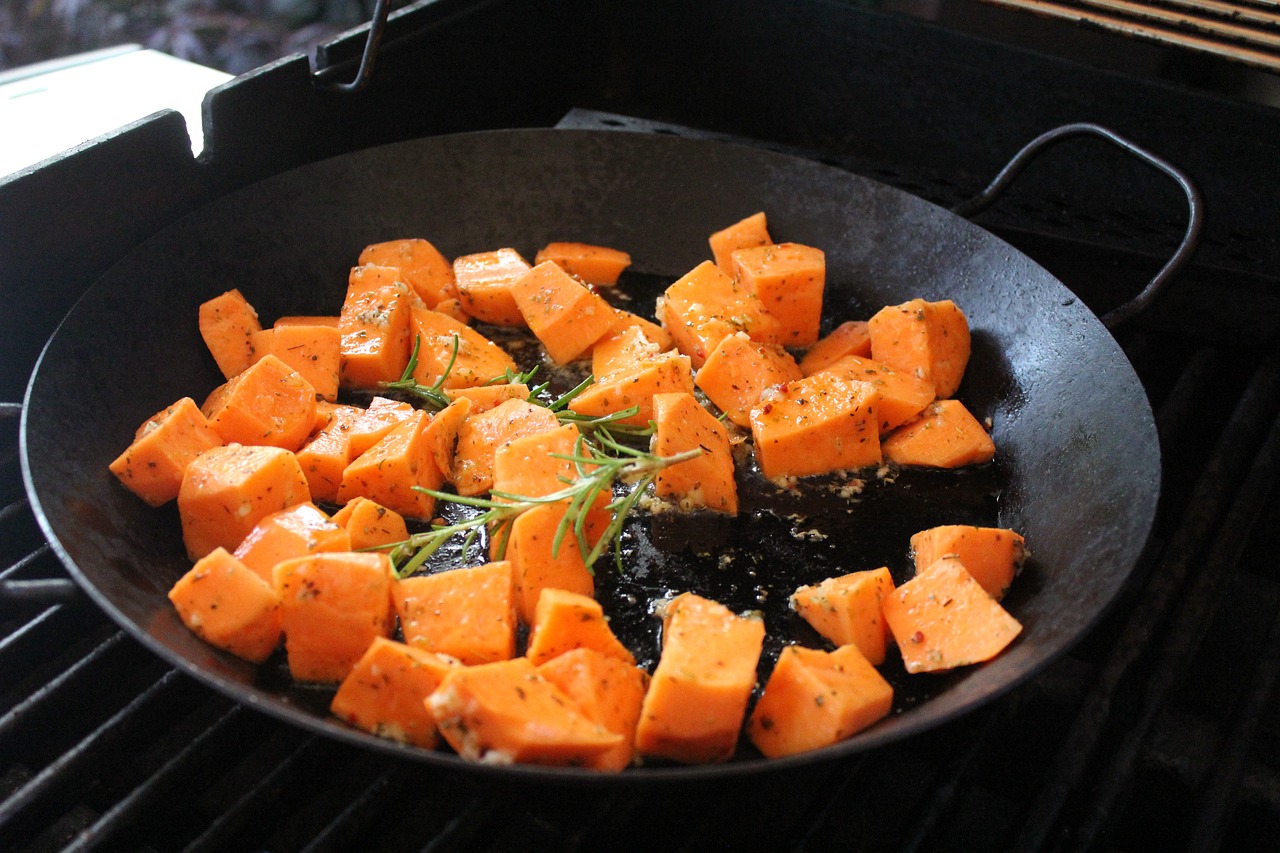
Asado Cooking Equipment
When it comes to preparing an authentic Argentinian asado, having the right cooking equipment is essential to ensure a successful and flavorful experience. The centerpiece of any asado is the parrilla, a traditional Argentine grill that allows for precise control over the cooking process. Typically made of metal and featuring a grill grate that can be adjusted in height, the parrilla is where the magic happens.
In addition to the parrilla, another crucial element of asado cooking equipment is the fuel source. Traditionalists swear by using wood or charcoal to fuel the fire, as they impart a distinct smoky flavor to the meats. The choice between wood and charcoal is a matter of personal preference, with each offering its own unique benefits in terms of flavor and cooking experience.
When it comes to utensils, a set of long-handled tongs is a must-have for handling the meats on the grill without getting too close to the heat. Additionally, a sharp knife for slicing and serving the cooked meats is essential for a seamless dining experience. Ensuring that you have the right tools at your disposal will make the cooking process smoother and more enjoyable for both the host and guests.
Setting up your cooking area for an asado involves more than just the equipment itself. It's also important to consider the layout and organization of the space to optimize efficiency and convenience. Having a designated area for prepping the meats, a clear workspace for grilling, and a serving station for presenting the cooked dishes will help streamline the cooking process and ensure that everything runs smoothly.
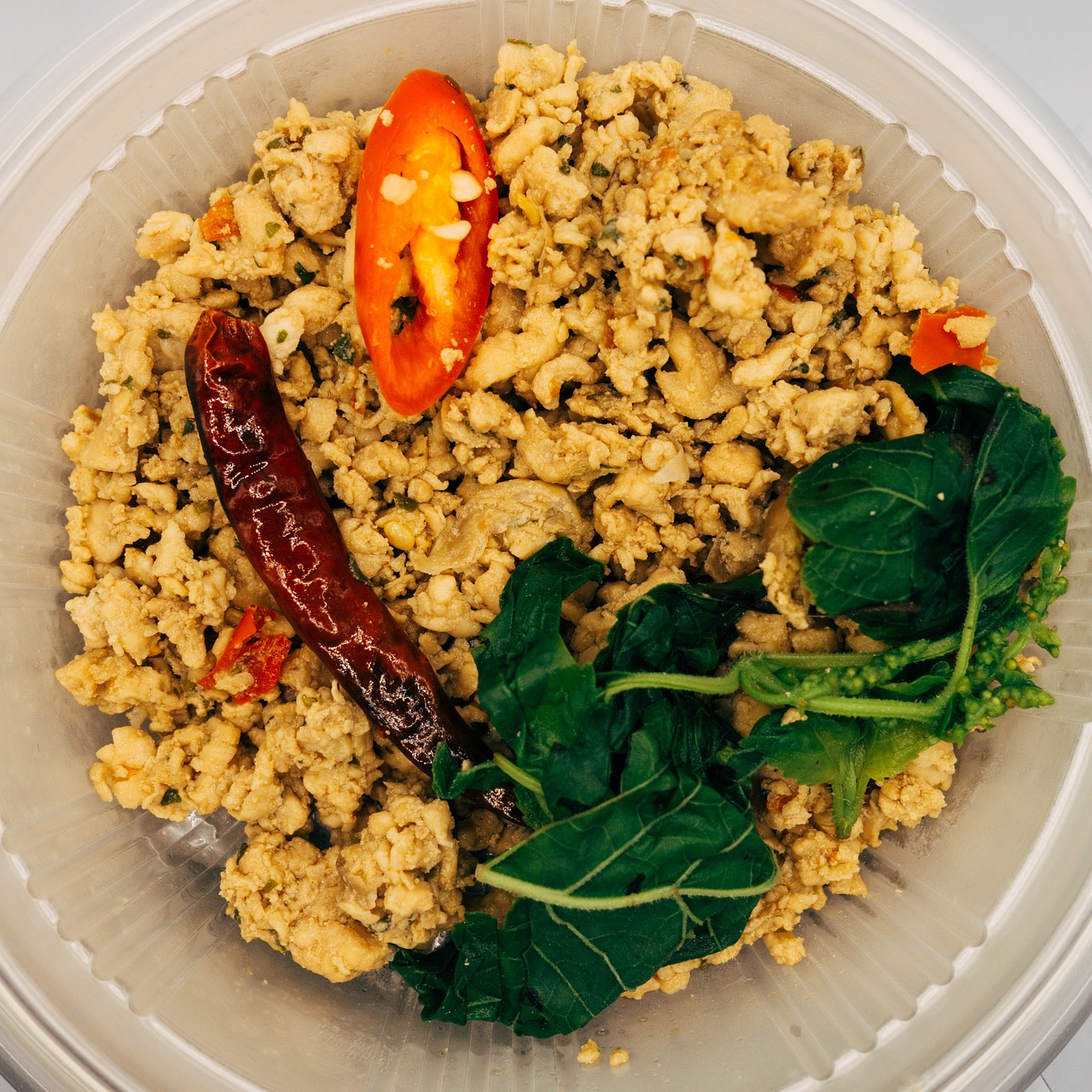
Side Dishes and Accompaniments
When it comes to hosting an authentic Argentinian asado, the side dishes and accompaniments play a crucial role in enhancing the overall culinary experience. These flavorful additions complement the rich flavors of the grilled meats and add a touch of variety to the meal.
One of the classic side dishes that you can find at an Argentinian asado is a fresh and vibrant salad. Typically made with crisp lettuce, juicy tomatoes, and crunchy cucumbers, the salad provides a refreshing contrast to the hearty grilled meats. It also serves as a palate cleanser between bites, allowing you to fully savor the flavors of each dish.
Chimichurri sauce is another essential accompaniment to any Argentinian asado. This tangy and herbaceous sauce is made with a blend of fresh parsley, garlic, vinegar, and olive oil, adding a burst of flavor to the grilled meats. Whether drizzled on top of the steak or used as a dipping sauce, chimichurri is a must-have condiment for any asado enthusiast.
Alongside the grilled meats and side dishes, a basket of freshly baked bread is often served at an asado. The bread acts as a versatile accompaniment, perfect for soaking up the flavorful juices from the meats or enjoying with a dollop of chimichurri. It adds a comforting element to the meal and is a staple on the asado table.
When it comes to beverages, Malbec wine is a popular choice to pair with Argentinian asado. This full-bodied red wine complements the rich flavors of the grilled meats and adds an extra layer of sophistication to the dining experience. Its fruity notes and smooth finish make it a versatile option that can please a variety of palates.
By incorporating these classic side dishes and accompaniments into your asado spread, you can elevate the meal to a truly unforgettable culinary experience. The combination of fresh salads, flavorful chimichurri, crusty bread, and a glass of Malbec wine creates a well-rounded and satisfying dining experience that celebrates the essence of Argentinian cuisine.

Asado Etiquette and Traditions
When it comes to enjoying an authentic Argentinian asado, understanding the etiquette and traditions associated with this culinary experience is key. In Argentina, asado is not just a meal but a social event that brings people together to share in the joy of good food and company. Hosting or attending an asado comes with its own set of customs that add to the overall experience.
One important aspect of asado etiquette is the role of the asador, the person responsible for cooking the meat. The asador is typically a respected figure who takes charge of the grill, ensuring that the meat is cooked to perfection. It is customary for guests to show appreciation for the asador's efforts and skill throughout the meal.
Another tradition in Argentinian asado is the serving order of the meats. Different cuts of meat are cooked at varying times and temperatures, so it is essential to serve them in the correct order to ensure that each guest receives the best possible experience. Starting with simpler cuts like chorizo and gradually moving on to more complex cuts like ribs is a common practice.
Furthermore, asado is a communal dining experience where sharing is encouraged. Guests are expected to engage in conversation, pass dishes around, and enjoy the meal together. This sense of community is integral to the spirit of asado and adds to the overall enjoyment of the event.
Additionally, it is customary to accompany the meats with traditional side dishes and condiments, such as chimichurri sauce, salads, and bread. These accompaniments not only enhance the flavors of the meat but also contribute to the overall dining experience. It is considered polite to try a bit of everything and appreciate the variety of flavors offered.
Overall, observing the etiquette and traditions of asado is essential for fully immersing yourself in this beloved Argentinian culinary tradition. By respecting the customs associated with hosting and attending an asado, you can ensure a memorable and enjoyable experience for all participants.

Tips for Hosting a Memorable Asado
Hosting an authentic Argentinian asado is not just about grilling meat; it's about creating a memorable experience for your guests. To ensure your gathering is a success, consider these :
First and foremost, select high-quality meats for your asado. Opt for cuts like beef ribs, chorizo, and morcilla, and pay attention to marbling and freshness to guarantee a flavorful outcome.
When it comes to seasoning your meats, keep it simple yet effective. Use a generous amount of salt and consider preparing a batch of chimichurri sauce to enhance the flavors of the grilled meats.
Creating the right ambiance is crucial for a successful asado. Set up your outdoor space with comfortable seating, ambient lighting, and perhaps some traditional Argentine music to set the mood.
As the host, engage with your guests throughout the cooking process. Share stories about the tradition of asado, involve them in the grilling process, and ensure everyone feels welcome and included.
When it's time to serve the meal, follow the serving order typically observed in Argentinian asados. Start with the sausages and offal, followed by the ribs and other cuts of meat, and finish with the sweetbreads and dessert.
Don't forget to offer a variety of side dishes and accompaniments to complement the grilled meats. Consider serving salads, crusty bread, chimichurri sauce, and, of course, a good bottle of Malbec wine.
Lastly, manage the grill efficiently to ensure all meats are cooked to perfection. Keep an eye on the fire, rotate the meats as needed, and be prepared to adjust the cooking temperature as required.

Asado Festivals and Events
Asado festivals and events in Argentina are vibrant celebrations of this beloved culinary tradition. These gatherings bring together locals and visitors alike to enjoy delicious grilled meats and immerse themselves in the rich culture surrounding asado. Each festival offers a unique experience, showcasing different aspects of Argentine cuisine and hospitality.
One of the most famous asado festivals is the Feria de Mataderos in Buenos Aires, where you can sample a variety of grilled meats, traditional dishes, and local delicacies. This event also features live music, dance performances, and artisanal crafts, providing a true taste of Argentine culture.
Another popular event is the Festival Nacional del Asado in the town of San Carlos de Bariloche, known for its stunning natural landscapes and exceptional beef. Here, you can witness skilled grill masters showcasing their techniques, participate in cooking competitions, and enjoy the warm hospitality of the local community.
For those looking to experience traditional gaucho culture, the Fiesta Nacional del Asado in the town of Villarino offers a unique opportunity to witness horseback riding demonstrations, folk music performances, and, of course, mouthwatering grilled meats cooked over open flames.
Throughout the year, various regions in Argentina host smaller-scale asado events, such as neighborhood barbecues, street fairs, and community gatherings. These intimate celebrations allow participants to connect over shared meals, stories, and a love for asado, fostering a sense of camaraderie and belonging.
Attending an asado festival or event in Argentina is not just about the food; it's a cultural experience that celebrates the country's heritage, traditions, and sense of community. Whether you're a seasoned asado enthusiast or a first-time visitor, these gatherings offer a taste of authentic Argentine hospitality and culinary excellence.
Frequently Asked Questions
- What is the origin of Argentinian asado?
Argentinian asado traces its roots back to the gauchos of the Pampas region in Argentina. These skilled horsemen and cattle herders developed the tradition of cooking meat over an open flame, which evolved into the beloved BBQ technique known as asado.
- What are the essential ingredients for an authentic Argentinian asado?
The key ingredients for a traditional Argentinian asado include various cuts of beef like ribs and chorizo, as well as other meats such as morcilla (blood sausage). Additionally, chimichurri sauce, salt, and quality seasoning techniques are essential for enhancing the flavor of the meats.
- What cooking equipment is needed for preparing asado?
To prepare authentic asado, you will need a parrilla (grill) for cooking the meat, wood or charcoal for fire, and various utensils for handling and serving. Setting up your cooking area correctly is crucial for achieving the best results.
- What are some classic side dishes and accompaniments for Argentinian asado?
Complement your asado experience with classic side dishes like salads, chimichurri sauce for dipping, bread for soaking up the juices, and beverages such as Malbec wine to pair with the flavorful meats. These accompaniments add depth and variety to the meal.
- What are some tips for hosting a successful asado?
When hosting an asado, it's important to invite guests who appreciate the tradition, manage the grill effectively to cook the meats to perfection, and serve the meal in the proper order. Creating a welcoming and authentic atmosphere will ensure a memorable experience for all.

